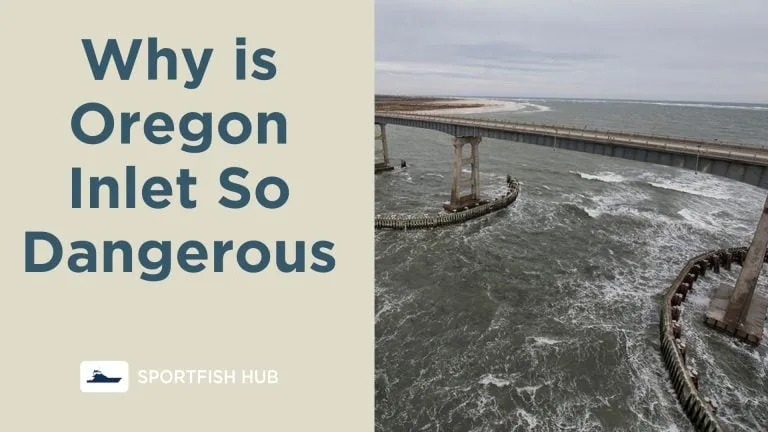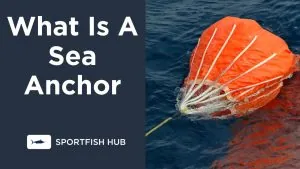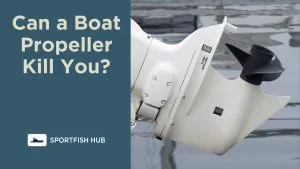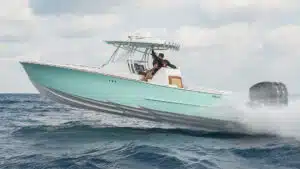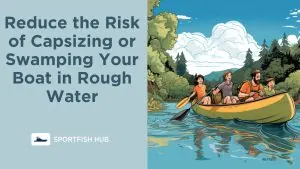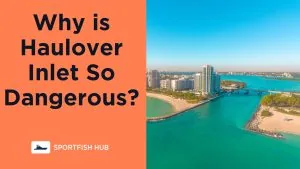Oregon Inlet, located along North Carolina’s Outer Banks, connects the Pamlico Sound to the Atlantic Ocean. This narrow inlet provides ocean access for boats traveling between the sound and the open sea.
However, Oregon Inlet has earned a reputation as one of the most hazardous inlets for mariners to navigate, so what exactly makes Oregon Inlet so Dangerous?
You might also be interested in reading: Why is Haulover Inlet so Dangerous?
Factors Creating Risky Conditions
Several elements interact to make crossing Oregon Inlet a dicey proposition:
- Shifting sandbars – Sandbars continuously change position in the inlet. Their unpredictable nature poses a constant threat.
- Swift currents – Large volumes of water funnel through the narrow inlet, creating turbulent tidal currents. This rapid flow can reach up to 6 knots.
- Severe weather – Strong northeast winds frequently blow over Oregon Inlet, building steep waves and altering sandbar configurations.
- Cold water – Frigid water temperatures, often in the 50s, increase the risk of hypothermia if accidents occur.
- High boat traffic – Hundreds of fishing boats transit the inlet daily during peak seasons, raising chances for collisions.
The combination of these factors makes Oregon Inlet exceptionally hazardous to navigate. Conditions can deteriorate rapidly even on fair weather days.
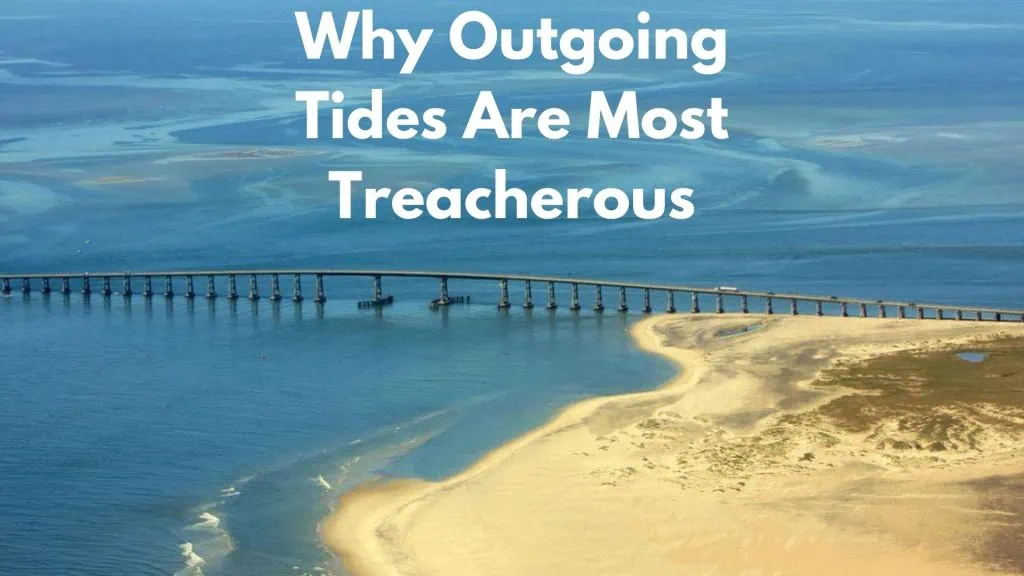
Why Outgoing Tides Are Most Treacherous
While Oregon Inlet presents risks at any tide stage, outgoing tides paired with northeast winds are the most dangerous scenario. Here’s why:
- As the tide ebbs, current velocities accelerate up to 6 knots through the constricted inlet.
- Northeast gusts oppose this robust outgoing flow, constructing perilous breaking waves.
- This wind vs current conflict tosses boats around and alters sandbar positions.
- Boats must fight the feisty current, waves, and shifting bars to exit the inlet into heaving seas.
Outgoing tides at Oregon Inlet couple brisk currents with wind-driven waves to create extremely risky passage conditions. This dangerous mix tosses boats and challenges even seasoned captains.
Navigating Oregon Inlet More Safely
Despite the many hazards, Oregon Inlet remains a vital passage for North Carolina boaters. Here are some tips for crossing it with greater prudence:
Check Conditions
- Monitor tide tables and weather forecasts to pick optimal transit times.
- Avoid outgoing tides with northeast winds to encounter calmer inlet conditions.
- Observe the inlet entrance from shore before approaching to inspect wave heights.
Consult Local Knowledge
- Talk to experienced Oregon Inlet captains for advice about navigating the passage.
- Let a knowledgeable local lead you through for your first crossing.
- Ask local marinas which sides and routes captains are using that day.
Ready Your Vessel
- Ensure your boat has ample power and size to manage the inlet’s tumultuous flow.
- Position passengers toward the stern for stability when plowing through steep waves.
- Trim bow up and throttle back to push through breakers rather than launching airborne.
Mind Your Course
- Travel along the inlet’s sides, avoiding its roughest central path.
- Keep vigilant watch for shifting sandbars and obstacles like old pilings.
- Steer clear of less skilled boaters struggling to manage the rowdy inlet.
FAQ
-
Why is it called Oregon Inlet?
Ironically, Oregon Inlet is not named after the state of Oregon. The name traces back to an 1846 hurricane that created the new inlet along the Outer Banks. A ship called the Oregon happened to be sheltering in the Pamlico Sound during the storm. After the skies cleared, the Oregon’s crew were the first to discover the freshly formed passage. Locals began calling it “Oregon’s Inlet,” later shortened to Oregon Inlet, referencing the ship associated with finding the new inlet.
Summary
With careful timing, preparation, and seamanship, traversing Oregon Inlet’s turbulence is manageable. But always respect this inlet’s infamous reputation for trouble.

